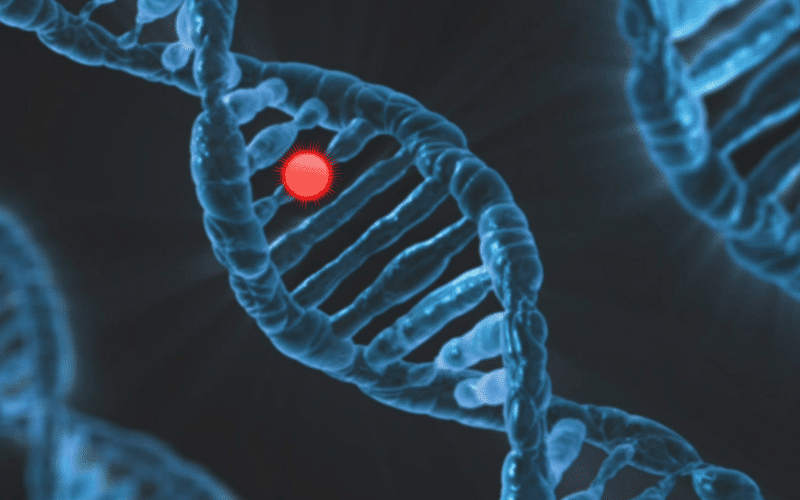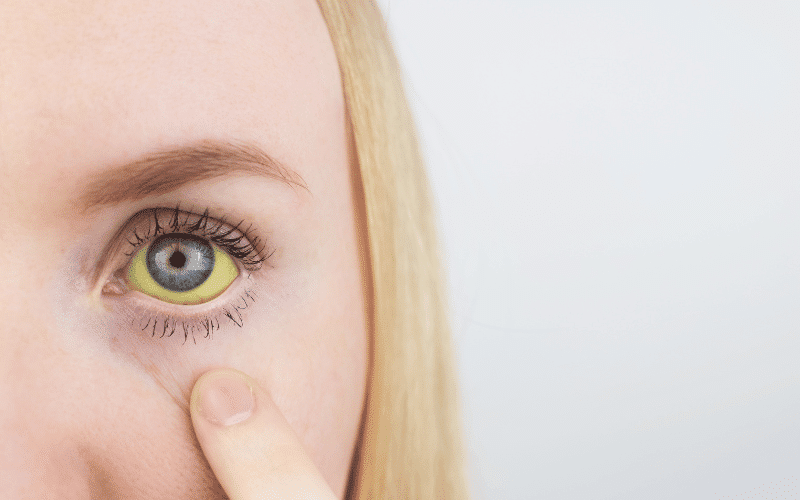Introduction: A Closer Look at Alagille Syndrome

Alagille syndrome is a rare genetic disorder that affects multiple organs, primarily the liver, heart, skeleton, and kidneys. This condition can be challenging to diagnose and manage due to its varied presentation and the numerous organs it can impact. In this article, we aim to provide essential information on Alagille syndrome, focusing on its symptoms, to help in early detection and management of the condition. By understanding the common signs and symptoms, those affected and their families can better navigate this disorder and seek appropriate care.
Alagille syndrome is a genetic condition caused by mutations in the JAG1 or NOTCH2 genes. These genes play essential roles in embryonic development, ensuring proper organ formation and function. The disorder is characterized by abnormal development of bile ducts in the liver, leading to a reduced number of bile ducts and a subsequent buildup of bile. This can cause liver damage and other complications that affect multiple organs, making early detection crucial.
The prevalence of Alagille syndrome is estimated to be between 1 in 30,000 to 1 in 70,000 live births, making it a relatively rare condition. Due to its rarity and complex nature, it is vital to raise awareness of the disorder and its symptoms. With a better understanding of Alagille syndrome, early diagnosis and intervention can lead to improved outcomes and quality of life for those affected.
In the following sections, we will discuss the top 10 symptoms of Alagille syndrome, shedding light on the diverse ways this condition can present itself. By recognizing these symptoms, individuals and healthcare providers can take the necessary steps towards diagnosis and treatment.
Symptom 1: Jaundice – A Telltale Sign of Alagille Syndrome

Jaundice is a hallmark of Alagille Syndrome, often discernible right from birth. It manifests as a distinct yellowing of the skin and the whites of the eyes. The culprit behind this discolouration is a substance called bilirubin, a by-product of red blood cell breakdown. In a healthy system, the liver filters out bilirubin, expelling it through bile. But in Alagille Syndrome, the liver’s compromised bile flow causes bilirubin to build up in the bloodstream.
This accumulation of bilirubin isn’t merely an aesthetic concern. Its presence is a screaming siren warning of the liver’s inability to function as it should. Moreover, high bilirubin levels in the blood can lead to other complications. In extreme cases, it could result in kernicterus, a type of brain damage. But fret not, it’s quite rare and only happens when jaundice is left untreated for a long time.
Bilirubin is, in fact, not villainous by nature. In moderation, it’s just a harmless waste product the body needs to get rid of. Problems occur when it can’t exit the body effectively, as happens with Alagille Syndrome. The tricky part is that bilirubin is produced constantly as old red blood cells die, meaning the liver must work continuously to expel it.
When this mechanism fails, as in the case of Alagille Syndrome, bilirubin’s yellow pigment floods the bloodstream and begins depositing in the skin and eyes. The resulting yellowing becomes a visual testament to the liver’s struggle, a flag raised by the body, signalling a deeper problem.
The importance of jaundice as a symptom lies not just in its visibility but in the tale, it tells of a body in distress. It’s like a lighthouse in the fog, a beacon drawing attention to the lurking rocks of liver dysfunction beneath the surface. This is the tale of jaundice, a tale of yellow, a tale of warning. (1)